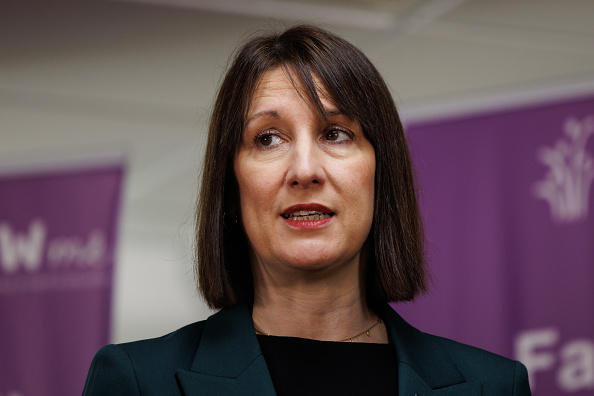New research suggests that the number of small businesses considered to be in critical distress has increased by nearly one fifth in a year.
The insolvency experts Begbies Traynor said that the figures in its long-running Red Flag Report pointed to an impending wave of business failures, with Covid-related support for firms being withdrawn as inflation hits both business and consumer confidence.
Companies in critical financial distress are defined as being firms that have county court orders to pay debts of more than £5,000 – a warning sign of impending insolvency.
A 19 per cent rise in the number of businesses in critical distress was driven by a big rise in construction and hospitality firms unable to pay their debts and battling soaring energy, food and labour costs.
Begbies Traynor said it was now a question of when the dam would holding the flood of insolvencies would break.
The firm suggested that the government should extend leniency for firms in distress struggling to repay Covid related support, saying taking a hard line risks wasting the billions of spend supporting firms during the pandemic.
Insolvencies hit 60-year high
Meanwhile, voluntary insolvencies in England and Wales hit their highest level of 60 years in the first quarter, according to official figures.
In the first three months of 2022 there were about 4,900 company insolvencies, more than double the number in the same period last year, according to the Insolvency Service.
The increase was driven by voluntary liquidations, which rose by an annual rate of 117 per cent to about 4,300, reaching their highest quarterly level since the survey began in 1960.
Samantha Keen, UK turnround and restructuring strategy partner at EY-Parthenon, told the Financial Times that “companies face a perfect storm of increased commodity and energy prices, supply chain disruption and a tightening cost of living squeeze”.
She added: “Facing the end of all Covid-19 government support measures, rising costs and supply chain challenges, many small businesses are now having to make tough decisions about their long-term future.”
Struggling to find staff
And nearly 80 per cent of businesses struggled to find staff in March, according to a survey of 5,500 businesses by the British Chambers of Commerce, with small businesses in particular citing growing wage pressures as a key reason why they cannot recruit.
According to accounting software platform Xero, there are still 7.4 per cent fewer people working in small businesses than there were in February 2020.
Alexander von Schirmeister, UK managing director at Xero, told the Times that “small businesses are very worried about finding people, whether that’s a delivery driver, someone to do the stocking or the inventory or front-of-office staff or, in a restaurant, service staff or kitchen staff.”
He added: “It’s getting really, really tough and it’s putting these businesses under pressure. So even when the growth opportunities are there, they can’t leverage them because they just don’t have the internal labour to satisfy the demand that’s coming their way.”
A separate survey by the Federation of Small Businesses (FSB) published on Monday found that half of UK small businesses are operating under capacity due to high costs and staff absences. Just under half of 1,200 businesses surveyed said they did not expect to grow this year in the face of what the FSB has called a “cost of business crisis”.
Revenues up in March
On a brighter note, revenues at small businesses rose 13.5 per cent in March but remain behind pre-pandemic levels and mask weak job creation, according to Xero.
All regions of the UK recorded double-digit growth compared with the same month in 2021, when England was emerging from lockdown. London led at 17.7 per cent growth, with the northwest at 16.9 per cent. Hospitality continued to bounce back strongly from historic lows, while manufacturers were up 16.9 per cent.





